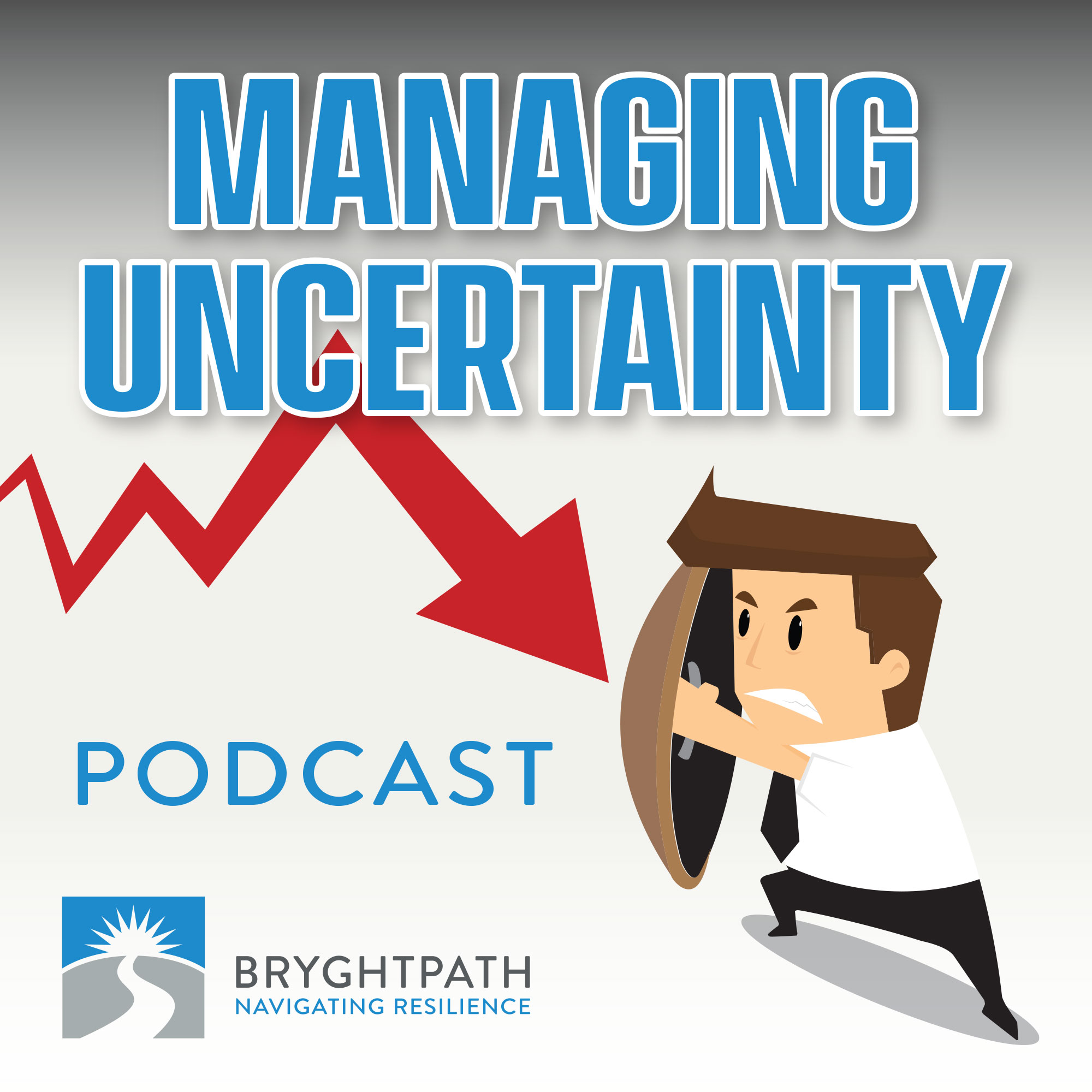In this episode of the Managing Uncertainty Podcast, Bryghtpath Principal & Chief Executive Bryan Strawser discusses how resilient communities need public-private partnerships to survive.
Hello, and Welcome to the Managing Uncertainty podcast, this is Bryan Strawser, Principal and Chief Executive here at Bryghtpath. And this week in our episode, I’d like to talk about public-private partnerships, that in my belief that resilient communities need public-private partnerships in order to survive. I’m taken back to October 29th, 2012, when Hurricane Sandy came ashore in New Jersey. It was a strong, slow-moving category one hurricane at the time, I was the head of Global Crisis Management and Business Continuity for one of the world’s largest retailers. In Sandy’s path, that day were more than 200 of my stores, multiple distribution centers, and two data centers that powered our eCommerce website. More importantly to me, tens of thousands of our employees were in harm’s way as the storm rushed to shore. But I knew even though I worked for a private sector organization, that I was not in this fight alone. Over the previous decade, I think we’ve come to realize that for a community to truly be resilient against a natural disaster or another emergency or crisis, that public and private sector entities must work together and share information in a collaborative and transparent manner.
For the three years leading up to Hurricane Sandy, local State and Federal Emergency Management agencies had begun to embrace outreach and joint planning with the private sector. The private sector, particularly retail and utilities, had embraced this new approach with open arms. That resulted in a strong set of partnerships between the public and private sector that was apparent throughout the preparation, response, and recovery for Hurricane Sandy. For example, for several days prior to landfall, public and private sector entities were exchanging information through predefined channels. Emergency management agencies were sharing situational updates, storm path updates, and plans for road closure and evacuations long before landfall. Private sector companies were sharing their plans for facility closure, employee evacuations, positioning of recovery supplies, and post-landfall response plans. This collaborative and transparent approach provided broader situational clarity for the public and private sectors, and it helped avoid confusion later during the more chaotic response phase of the situation. As Hurricane Sandy began to dissipate and its impact in New Jersey and New York and other states became clearer, public and private center entities remain in close contact.
The Federal Emergency Management Agency or FEMA had activated their new national business emergency operations center as a component within FEMA’s National Response and Coordination Center or NRCC. The NRCC consolidated a number of federal and state agency reports into one easy-to-read report for the private sector to digest. At the same time, private sector entities were sending information to the NBEOC that were consolidated and shared at the highest levels of state and federal government. This information helped provide an understanding of the storm’s impact on the private sector. More importantly, that information helped FEMA and other public sector emergency management agencies make decisions for the distribution of supplies and other resources. For example, as a major retailer, my employer at the time was able to quickly bring significant amounts of ice, water and recovery supplies for both donation and sale at hundreds of locations within 24 to 48 hours after landfall.
Emergency management agencies could distribute supplies elsewhere strategically with this information in hand, knowing that needed supplies were available at several locations already. This made for more efficient decision-making and a more coordinated response process. This close coordination between the public and private sectors throughout all phases of business continuity and emergency management was shown to be effective during Hurricane Sandy. This approach allowed for a significantly faster and more efficient response and recovery of private sector capabilities that helped to ease the burden on emergency management agencies in the public sector and leading to faster economic recovery in the impacted areas. While opportunities exist even now nine years later to continue to mature the interaction between public and private sector entities, this close coordination and transparent communication will be a requirement for us to truly build resilient communities, companies, and nations. That’s it for this edition of the Managing Uncertainty podcast, we’ll be back next week with another new episode. Be well.

In this episode of the Managing Uncertainty Podcast, Bryghtpath Principal & Chief Executive Bryan Strawser discusses why resilience should be at the top of...

How often does a leader in security, crisis management, or business continuity find that their team is doing great things, but absolutely no one...

In this episode of our BryghtCast edition of the Managing Uncertainty Podcast, Bryghtpath Principal & CEO Bryan Strawser and Consultant Bray Wheeler take a...